Armenian Special Operations Forces and high-altitude training in India Geopolitical and military aspects
The recent developments surrounding the visit of an Armenian military delegation to India and discussions on the possibility of training the newly established Armenian Special Operations Forces (SOF) at a high-altitude base in the Himalayas indicate a shift in Armenia’s military doctrine. Behind the formal aspects—experience exchange and the study of tactical approaches—lie deeper geopolitical and strategic considerations. Armenia is attempting to compensate for the systemic weakness of its armed forces following its defeat in the Second Karabakh War in 2020 and the clashes of September 2022 by focusing on the development of mobile, compact, and mountain-adapted units.
Indian vector of Armenia’s military policy
The visit to India’s elite Shatrujeet Brigade and discussions on the potential training of Armenian special forces at the High Altitude Warfare School (HAWS) have become another indicator of deepening military ties between the two countries. With its maneuvering space shrinking on the international stage, Yerevan seeks to diversify its military partnerships and reduce its dependence on Russia.
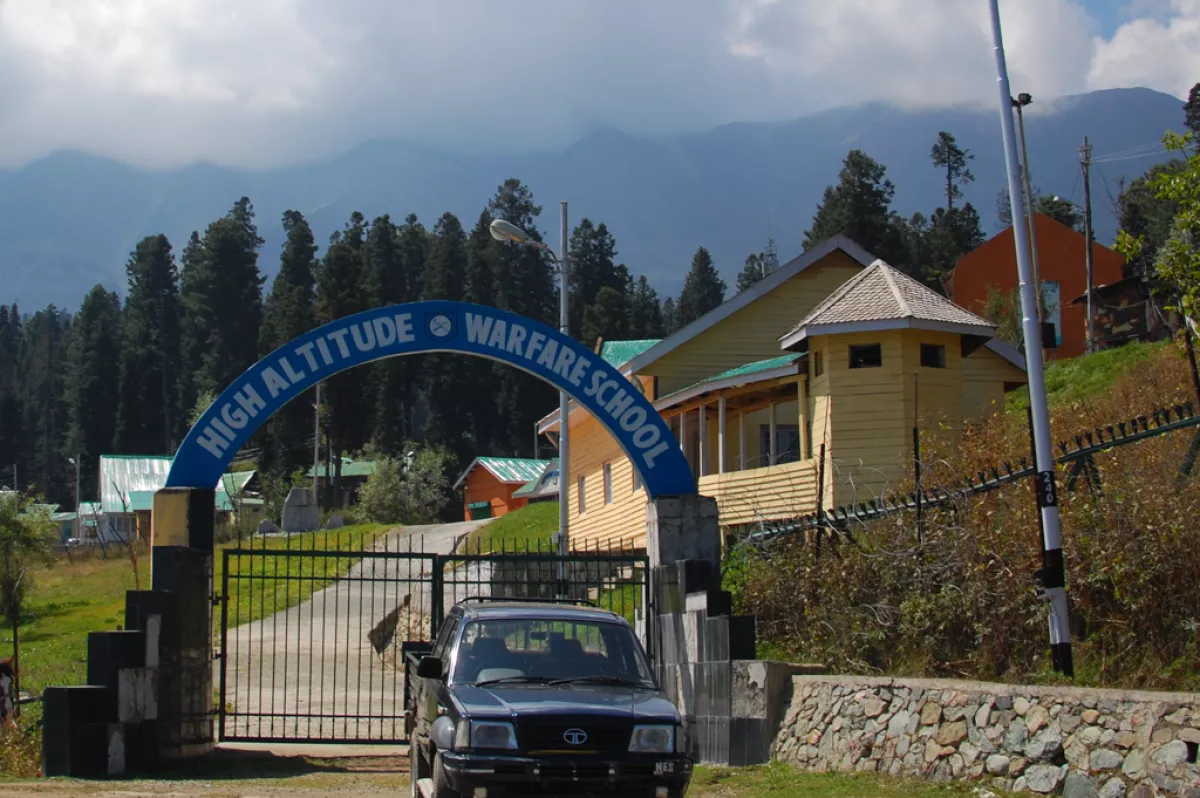
The choice of India as a partner is not coincidental. New Delhi views the South Caucasus as a promising direction for its foreign policy, particularly in light of the strengthening Azerbaijan–Türkiye tandem and their military cooperation with Pakistan. In this configuration, Armenia emerges as a potential regional ally—albeit one with rather limited capabilities.
Mountain warfare as a new priority
The Armenian army faces the challenge of adapting to the specific conditions of combat in mountainous terrain. The Caucasus’ rugged landscape, with its avalanche-prone and hard-to-reach areas, demands not only physical endurance from soldiers but also specialized skills for operating in such an environment. India’s experience in this domain could prove valuable for Armenia’s armed forces.
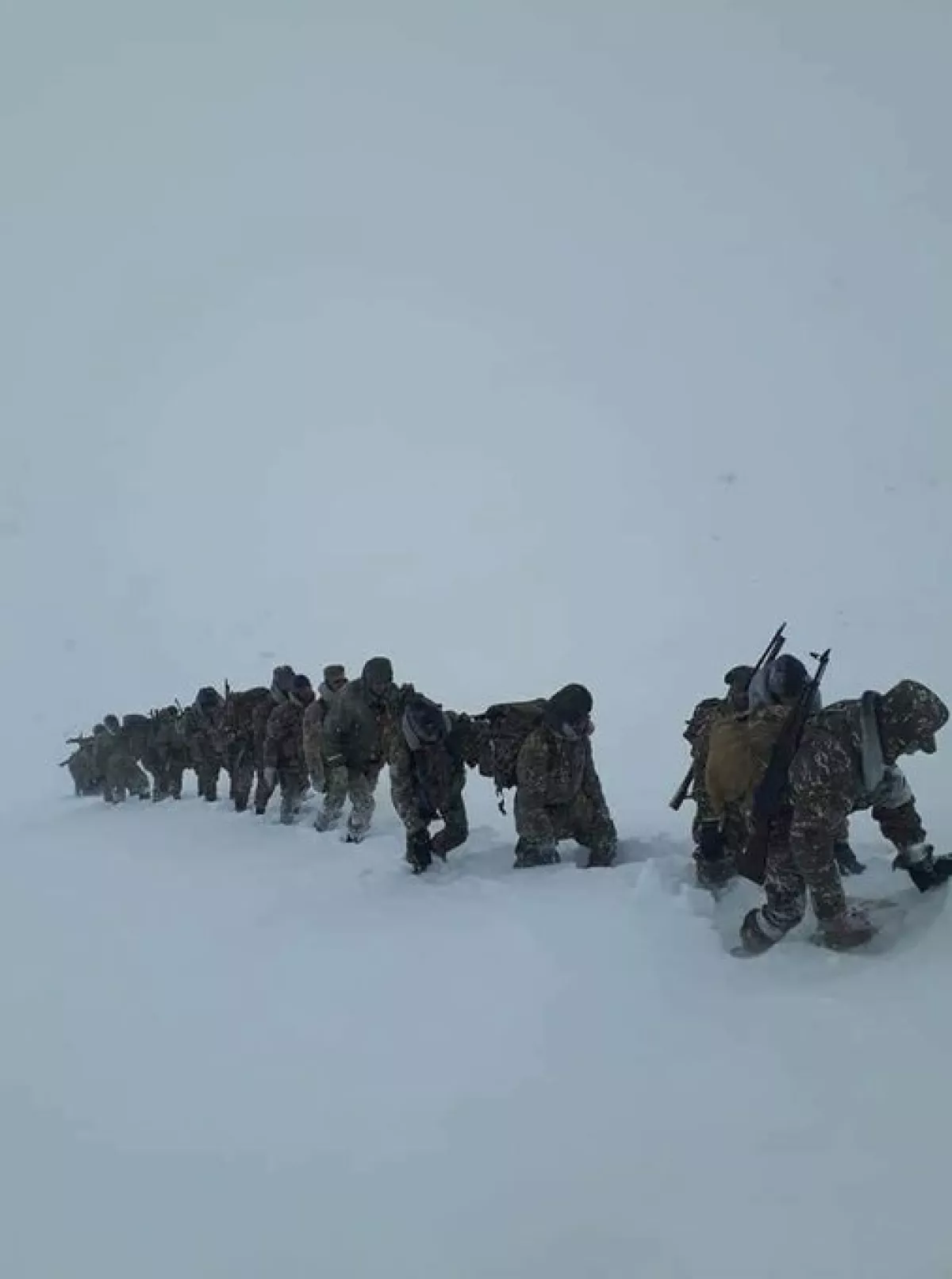
The High Altitude Warfare School (HAWS) in Gulmarg, originally established as a ski training facility, has evolved into India’s premier institution for high-altitude combat training. The 11-week course includes both basic acclimatization and hands-on training in mountaineering, survival, glacier traversal, and the use of specialized equipment in extreme conditions. In the past, personnel from the United States, the United Kingdom, and Germany have undergone training at HAWS.
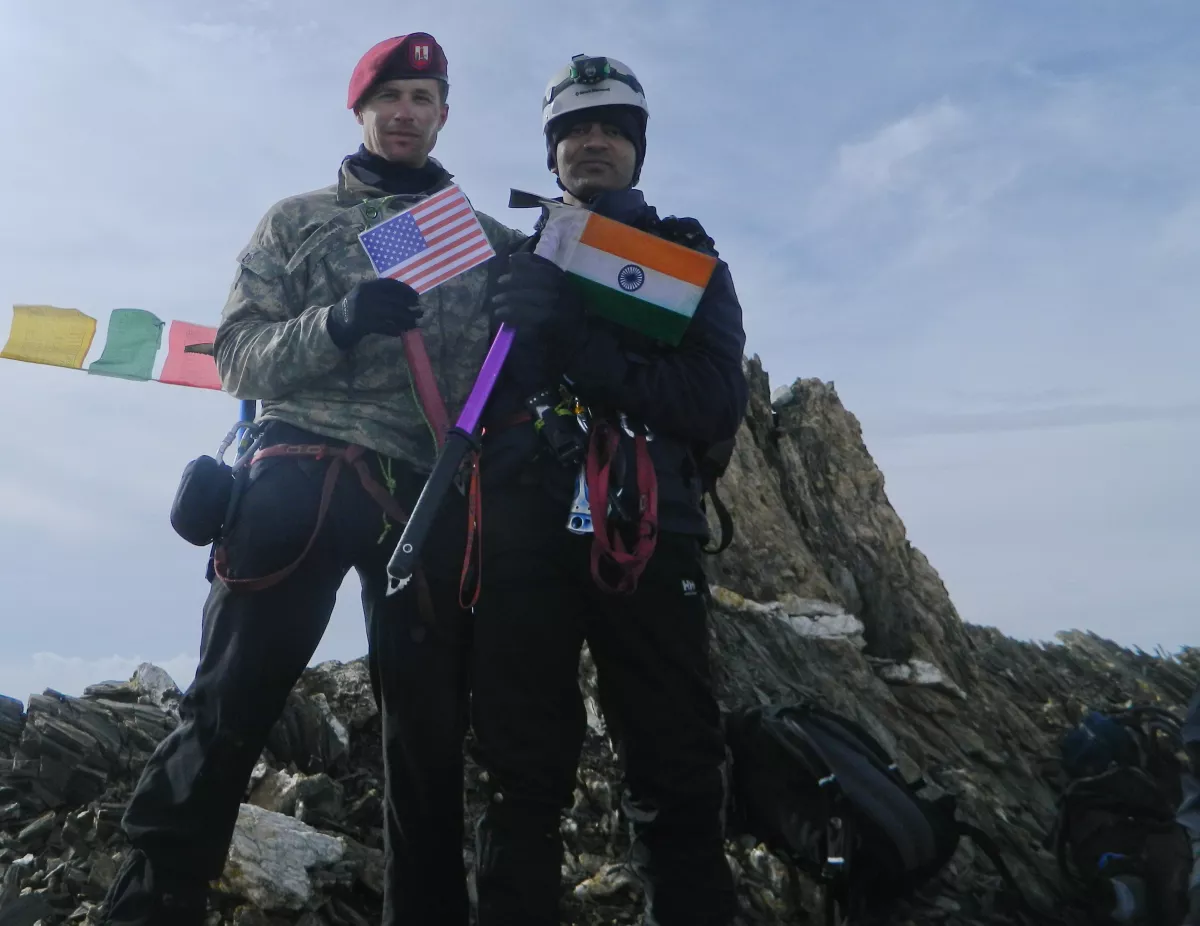
If the program is fully implemented, Armenian servicemen will not only acquire these skills but could also gain opportunities to interact with India’s elite Para SF and Garud units. This would allow them to adopt tactical approaches developed in Jammu and Kashmir—a region with terrain similar to that of the South Caucasus, where high-altitude operations are a constant necessity.
Military-political context: India, Türkiye, and the "scales of influence"
An analysis of publications from Indian military outlets, particularly Defence Research Wing, reveals a significant strategic subtext to these developments. India's involvement in training Armenian Special Operations Forces (SOF) is interpreted as a move to counterbalance the regional Azerbaijan–Türkiye–Pakistan axis. These three countries have significantly strengthened their military ties, engaging in joint exercises, technology exchanges, and defense industry coordination. In response, India seeks to expand its influence in the South Caucasus through Armenia. Supporting Yerevan not only reinforces New Delhi’s geopolitical agency but also integrates the region into a broader strategic arc extending from the Persian Gulf to Central Asia.
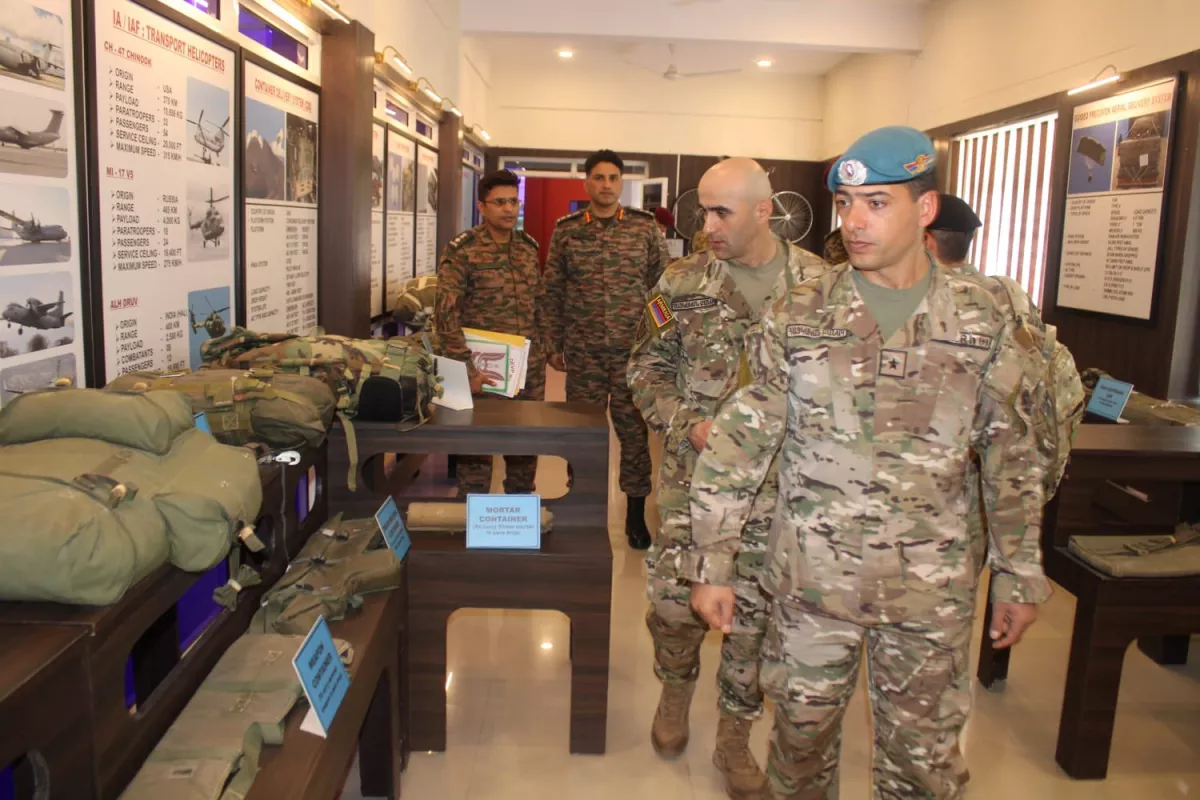
Furthermore, India’s defense industry is increasingly interested in exporting loitering munitions and other equipment optimized for mountainous warfare to Armenia. This could partially mitigate Armenia’s shortcomings in artillery support, particularly in scenarios where air cover is unavailable or ineffective.
Prospects for Armenian SOF: Pragmatism or illusion?
The systematic development of Armenia’s Special Operations Forces (SOF) requires more than just training—it demands a clear doctrine for their deployment. Mountain warfare training in India may provide the necessary tactical skills, but without proper integration into the broader armed forces structure, adequate logistics, and technological support, the effectiveness of these units will remain limited.
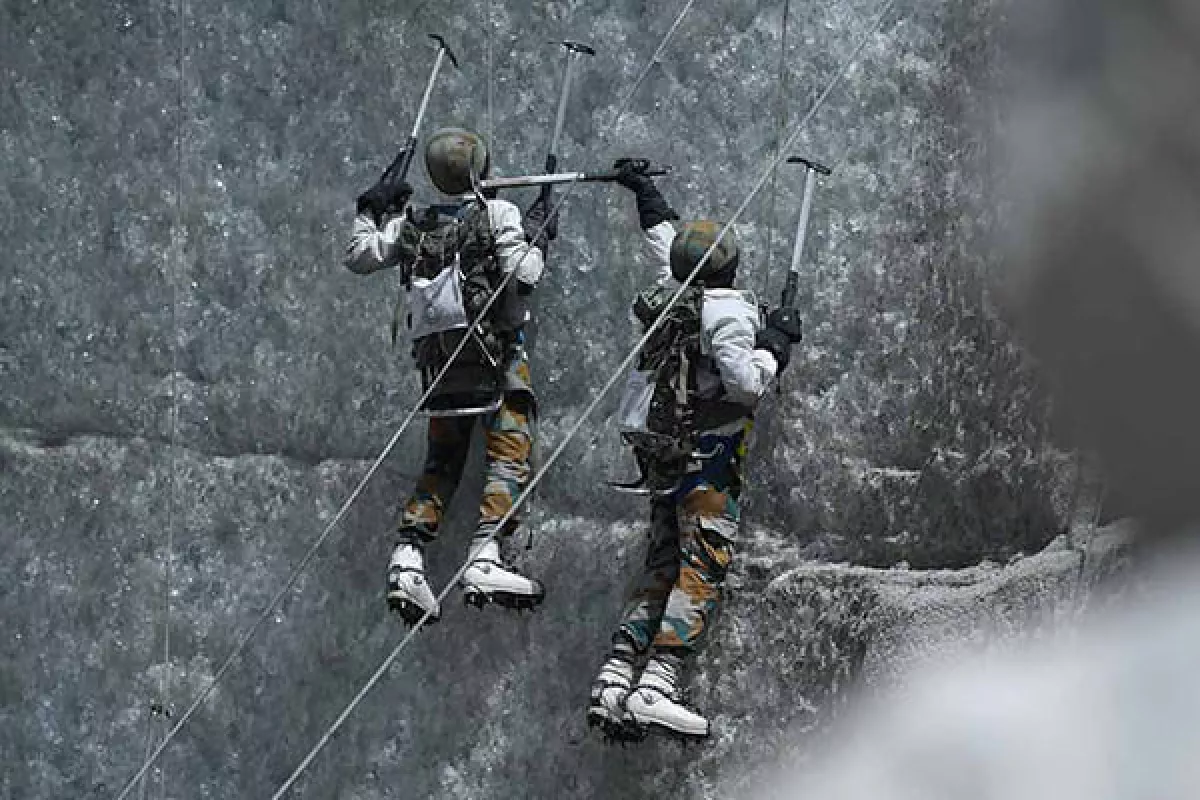
Moreover, foreign training is only the first step. The real challenge lies in adapting acquired knowledge to the specific conditions of the operational theater. Without its own training center, rotation mechanisms, and a capable instructor corps, Armenia risks becoming dependent on external partners for its military readiness.
Conclusion
Armenia’s engagement in India’s mountain warfare training program reflects deeper shifts in its military strategy—an effort to find new support structures amid growing global security uncertainties. For India, this partnership serves as a geopolitical tool to expand its influence and counter the Baku-Ankara-Islamabad alliance, which New Delhi views as a strategic challenge.
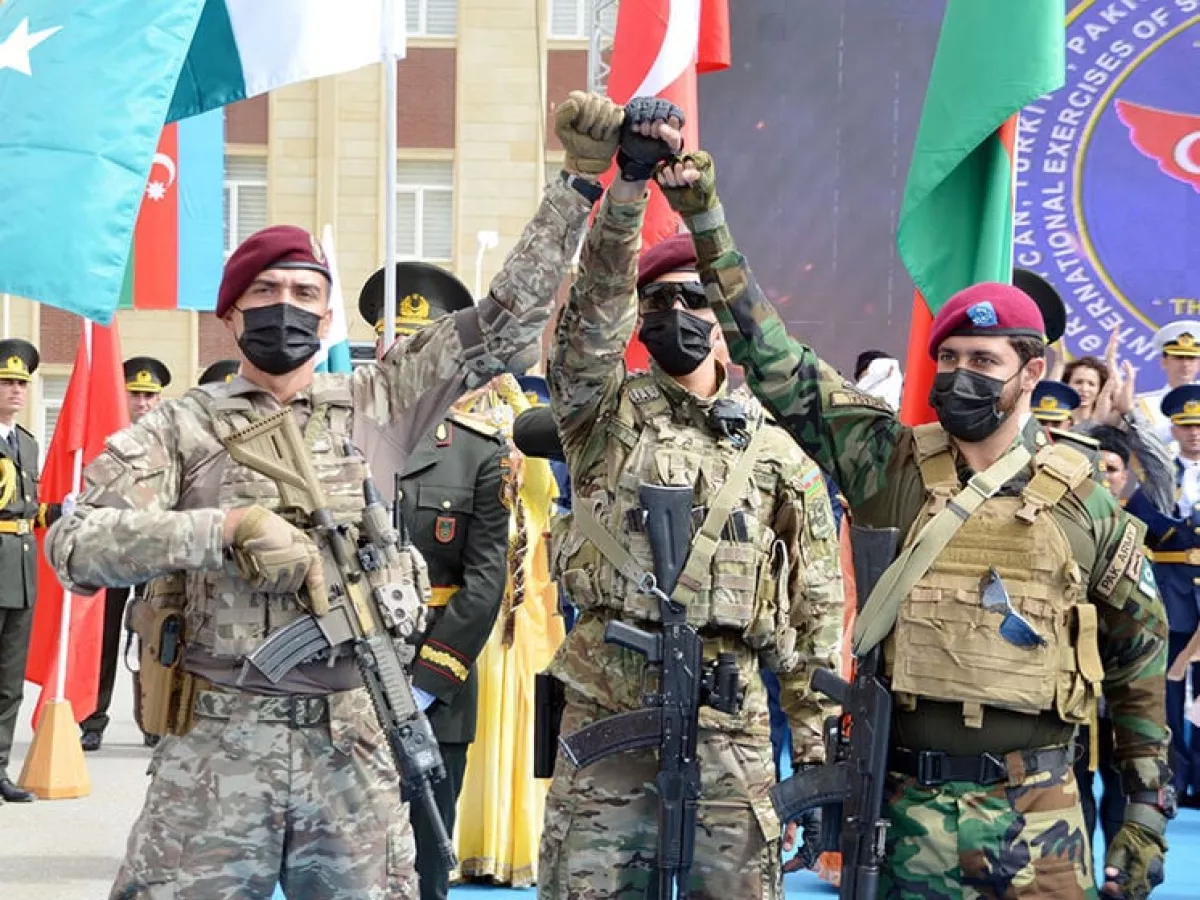
However, without comprehensive military reform and a shift away from a fragmented approach, even the highest-quality foreign training will fail to produce tangible results. At this stage, Armenia’s efforts appear more symbolic and selective rather than transformative, with little impact on the regional balance of power, which remains firmly in Azerbaijan’s favour.








